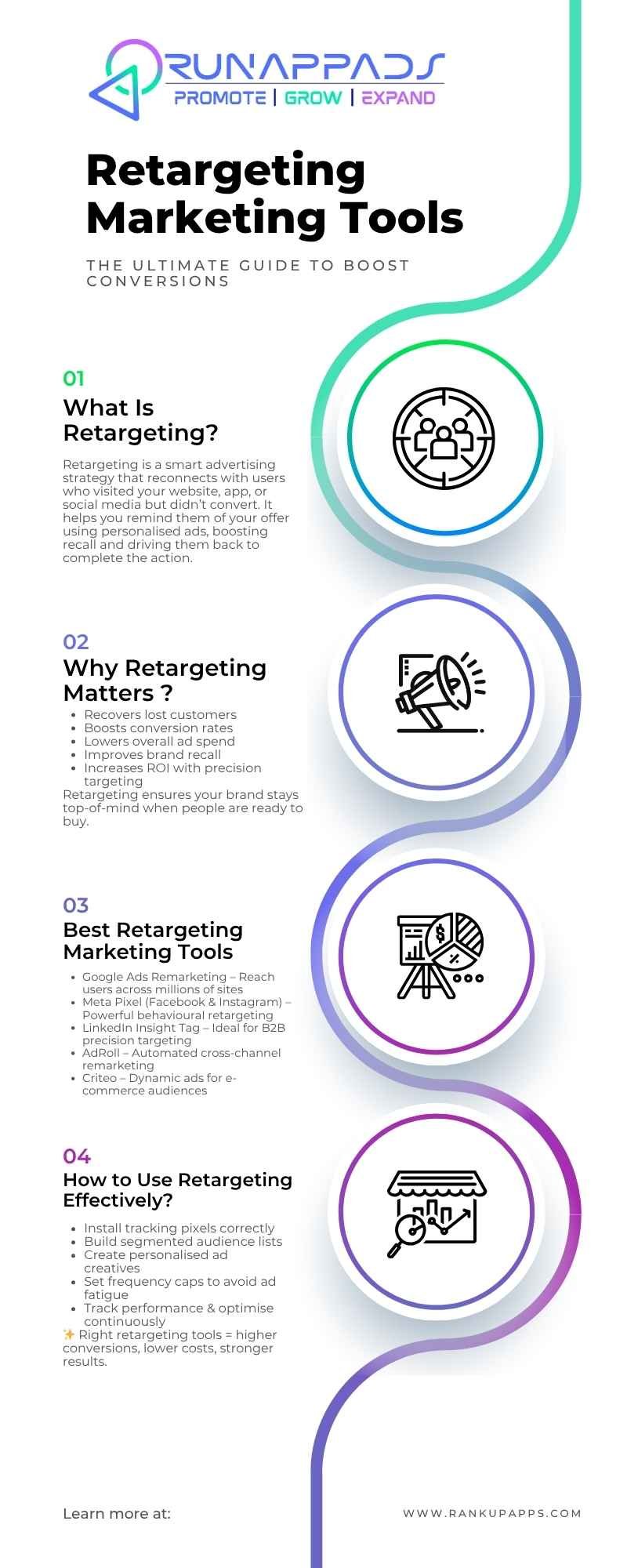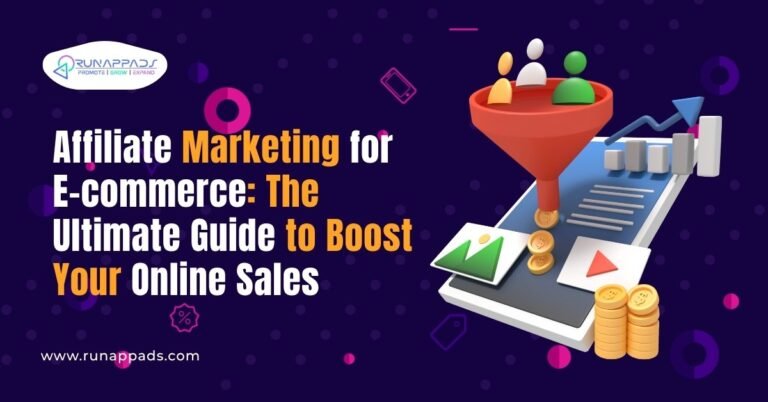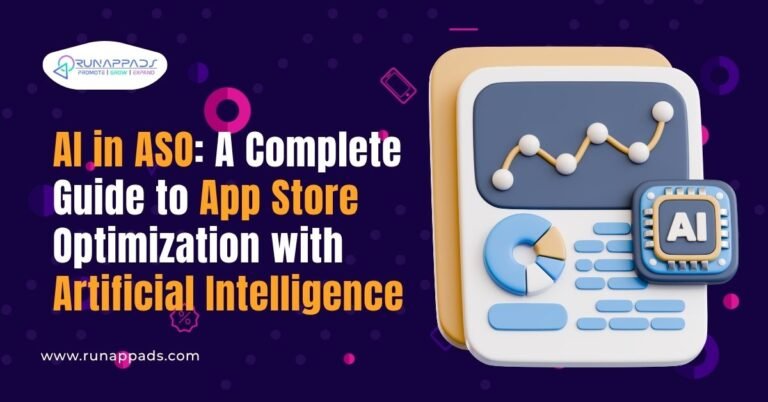In the competitive digital landscape, nearly 98% of website visitors don’t convert on their first visit, leaving a massive opportunity for recovery. This challenge makes the use of retargeting marketing tools not just an option, but a crucial necessity for modern businesses. Retargeting serves as a data-driven re-engagement solution, specifically designed to bring those valuable, qualified non-converters back into the sales funnel. In 2025, the best results come from retargeting platforms that leverage automation and AI-powered personalization to dominate marketing trends and significantly increase return on investment (ROI).
What Is Retargeting and How Does It Work?
Retargeting definition refers to the practice of serving targeted advertisements to users who have previously interacted with a brand’s website, app, or social media profile, but have not yet converted. The process works by placing a small piece of code, commonly called a tracking pixel or a cookie, on the brand’s digital properties. When a user visits the site, this pixel drops a cookie in their browser. This allows the retargeting platforms 2025 to identify the user as they browse other websites or social media feeds, enabling the brand to serve personalized ads specifically tailored to their previous behavior. This data forms the basis of effective audience segmentation.
Retargeting vs. Remarketing – What’s the Difference?
While often used interchangeably, there is a technical distinction between retargeting vs remarketing.
- Retargeting: Traditionally refers to paid advertising methods (display ads, social ads) based on cookies and pixels.
- Remarketing: Traditionally refers to strategies using contact information, most commonly email, to re-engage previous customers or leads. For example, sending an automated email to a user who abandoned their shopping cart.
In modern practice, the strategies are typically combined, but generally, retargeting is the ad-based approach focused on anonymous user re-engagement.
Benefits of Using Retargeting Marketing Tools
Utilizing retargeting marketing tools offers a powerful and efficient way to maximize marketing spend by focusing on warm leads.
- Increase Conversions and ROI: Retargeting is highly efficient because it targets users who are already familiar with the brand, resulting in significantly higher click-through rates (CTR) and conversion rates compared to cold acquisition campaigns. This translates directly to a better return on investment.
- Build Brand Recall Across Platforms: By persistently showing your brand across various websites, social media platforms, and apps, retargeting ensures high frequency and builds invaluable brand familiarity and trust. This sustained exposure is key to building customer re-engagement.
- Personalize User Experience with Data: The best personalized retargeting campaigns leverage data to tailor the ad creative and messaging based on the user’s specific intent e.g., showing women’s shoes to a user who browsed that category. This improves the relevance of the ad, making it a powerful conversion optimization tool.
- Recover Lost Leads Efficiently: Whether it’s an abandoned cart, an incomplete form submission, or just a page view, retargeting directly addresses the problem of lost leads, often converting them at a fraction of the cost of acquiring a brand new customer.
Top 10 Retargeting Marketing Tools
The landscape of best retargeting tools is driven by multi-channel integration and predictive AI capabilities.
1. AdRoll – Best All-Round Retargeting Tool for E-Commerce
AdRoll is a comprehensive multi-channel platform, ideal for e-commerce and direct-to-consumer (D2C) brands that need unified campaign management.
- Features: Multi-channel retargeting (web, social, email), cross-device tracking, and dynamic product ads (DPA) that automatically display the products a user viewed.
- Unique Value: Simplifies the process by managing multiple ad networks (Google, Meta, etc.) under one umbrella, offering a streamlined interface for campaign creation and analytics.
2. Criteo – AI-Driven Dynamic Retargeting
Criteo is a high-volume, enterprise-level solution known for its powerful predictive AI engine and massive display network.
- Features: Specialized in dynamic retargeting, where the ad creative is customized for each user in real-time based on their browsing history.
- Unique Value: Their AI uses vast consumer purchase data to predict the optimal product to recommend to a user at the optimal price point, making it ideal for large-scale, catalogue-heavy advertisers.
3. Google Ads Remarketing – Best for Display and YouTube
The cornerstone of modern retargeting, offering deep integration across Google’s massive inventory.
- Features: Supports standard, responsive display ads, and highly effective video ad retargeting on YouTube. Creates powerful lookalike audiences based on existing retargeting lists.
- Unique Value: Seamless integration with Google Analytics 4 (GA4) allows for incredibly granular audience segmentation based on behavioral data (e.g., “users who watched 50% of a video and visited the pricing page”).
4. Meta Ads (Facebook & Instagram) – Best for Visual Retargeting
The undisputed leader in social retargeting, essential for visually driven brands.
- Features: Dynamic product ads that integrate seamlessly with e-commerce catalogs, robust audience segmentation based on on-site and in-app actions, and retargeting via video views and lead form interactions.
- Unique Value: Unmatched audience reach within the social sphere and unparalleled user data for creating highly accurate custom and lookalike audiences.
5. LinkedIn Matched Audiences – B2B Retargeting Powerhouse
Crucial for $B2B$ companies, SaaS providers, and services with high-value enterprise sales.
- Features: Allows retargeting based on website visitors, uploaded company lists (e.g., a list of conference attendees), and engagement with LinkedIn pages.
- Unique Value: Enables precise targeting of specific job titles, industries, and company sizes that have shown interest in your content, making it a specialized retargeting software list for professional services.
6. HubSpot Ads Integration – Retargeting Within a CRM Ecosystem
Ideal for companies that prioritize inbound marketing and a unified customer view.
- Features: Connects advertising platforms (Google, Meta, LinkedIn) directly to the CRM. Allows marketers to create retargeting lists based on CRM properties (e.g., “users who downloaded a specific E-book but haven’t booked a demo”).
- Unique Value: Bridges the gap between marketing, sales, and service data, allowing for highly relevant ad sequencing and automation based on where the lead is in the sales pipeline.
7. Mailchimp Retargeting Ads – Email + Ad Retargeting Combo
A fantastic option for businesses already relying on Mailchimp for their email marketing.
- Features: Syncs email audience lists with social and display networks. Allows for omnichannel engagement by sending a retargeting ad to a segment that didn’t open a recent email campaign.
- Unique Value: Simplifies the process of turning static email lists into active ad audiences, making it a highly accessible remarketing tool for small businesses.
8. Perfect Audience – Budget-Friendly Multi-Platform Tool
A straightforward and accessible platform often recommended as a great starting point for smaller teams.
- Features: Provides an easy-to-use pixel and dashboard for setting up campaigns across the web, Facebook, and Twitter.
- Unique Value: Known for its affordable pricing and simplicity, making it one of the retargeting tools for small business that provides strong multi-platform coverage without the complexity of enterprise systems.
9. ReTargeter – Enterprise-Focused Retargeting Software
Offers personalized service and strong analytical capabilities for larger advertisers with complex needs.
- Features: High-touch account management, custom audience creation, and advanced real-time bidding (RTB) capabilities.
- Unique Value: Provides white-glove service and more granular control over campaign settings, analytics, and optimization not found in fully automated self-serve tools.
10. VWO Engage (Push Notifications & Retargeting)
A powerful solution that integrates two high-intent engagement channels: push notifications and retargeting ads.
- Features: Real-time engagement capabilities allowing brands to send personalized push notifications to website visitors, often integrated with a follow-up ad retargeting sequence.
- Unique Value: Excellent for recovering abandoned carts and form drop-offs instantly via push, creating a powerful, multi-step recovery sequence combining owned and paid media.
Comparison Table – Best Retargeting Tools by Feature & Use Case
This table summarizes key distinctions across the retargeting software comparison:
| Tool | Ideal For | Unique Feature | Pricing | Best Channel |
| AdRoll | E-commerce, D2C | Multi-channel Retargeting | $$ | Web + Social |
| Criteo | Enterprise, High Volume | Predictive AI Dynamic Ads | $$$ | Display Network |
| HubSpot | B2B, CRM Integration | Automated $CRM$ Workflows | $$$ | Email + Web |
| Perfect Audience | SMB’s, Startups | Affordable Multi-Platform Retargeting | $ | Social + Display |
| VWO Engage | Real-time Ads, $DTC$ | Push Notification + Ad Retargeting | $$ | Web + App |
Note: Pricing scale: $ (Budget-Friendly) to $$$ (Enterprise-Level)
Key Features to Look for in Retargeting Tools
When evaluating any retargeting marketing tools, certain features are essential for running high-performance campaigns in 2025.
AI & Machine Learning Optimization
The days of manual bidding are over. The AI retargeting tools of today leverage machine learning for:
- Automated Bidding: Adjusting bids in real-time for each impression based on the user’s predicted likelihood to convert.
- Predictive Analytics: Forecasting LTV and conversion probability to prioritize high-value segments.
- Smart Creatives: Automatically selecting the best ad creative from a pool for a given user, location, and time.
Cross-Channel Retargeting Support
A truly effective cross-channel marketing automation platform should be able to manage and sync audiences across:
- Web and Display Networks
- Major Social Platforms (Meta, LinkedIn, TikTok)
- Email and $CRM$ Lists This prevents ad fatigue and ensures a consistent brand narrative regardless of where the user is browsing.
Audience Segmentation and Personalization
The tool must allow for granular audience creation beyond simple “website visitors.” Look for the ability to:
- Segment by specific actions (e.g., “visited product X, did not add to cart”).
- Exclude converted customers (a critical mistake to avoid).
- Create exclusion lists for high-frequency visitors who never convert.
Dynamic Creative Optimization (DCO)
$DCO$ is a cornerstone of modern dynamic retargeting features. It allows the platform to use templates to auto-customize ad creatives by inserting the exact product image, price, and message the individual user interacted with, driving significantly higher engagement.
Pro Tips for Running High-Performance Retargeting Campaigns
To move beyond basic retargeting and achieve excellent ROI, apply these advanced tips:
- Set Frequency Caps to Avoid Ad Fatigue: Over-serving the same ad irritates users and wastes budget. Set a limit of 3-5 impressions per day per user for most awareness campaigns.
- Prioritize Abandoned Cart Retargeting: This audience is the lowest-hanging fruit. They showed maximum intent. Retarget them immediately (within 1 hour) with an ad sequence, often including a discount or free shipping offer.
- Use Different Creatives for Awareness vs Conversion Stages:
- Early Stage: Use brand-building video or testimonial ads.
- Late Stage: Use hard-offer ads (e.g., 10% off, free trial) or urgency messaging.
- Segment by Time Window: Retargeting users who visited in the last 7 days should use a different, more urgent message than those who visited 30-60 days ago.
- Experiment with Video Retargeting: Short, punchy vertical video ads on platforms like YouTube and Instagram yield fantastic results for reinforcing brand trust and quickly communicating a unique value proposition.
- Integrate Retargeting with Email Automation Tools: If a user is on your email list, combine email remarketing with ad retargeting to maximize conversion chances.
Common Retargeting Mistakes to Avoid
Even with the best retargeting software, campaigns can fail if basic hygiene isn’t maintained.
Ignoring Mobile Retargeting
Most user interaction happens on mobile devices and within apps. Failing to implement dedicated app retargeting or ignoring mobile web behavior (and the shift from cookies to device IDs) is a huge mistake.
Not Excluding Converted Users
This is the cardinal sin of retargeting. If you continue showing “buy now” ads to users who already purchased your product, you annoy customers and waste money. Always maintain a large exclusion list of recent converters.
Overlapping Audiences Across Platforms
Running a broad website visitor campaign on Google and an identical one on Meta leads to ad overlap, causing competition between your own ads, higher CPC’s, and increasing ad fatigue for the user. Ensure platform audiences are mutually exclusive where possible.
Skipping Analytics Review
Retargeting performance decays over time. If you don’t continually test new creatives, update audience segments, and monitor CTR and CPA, your campaign will quickly underperform.
Key Takeaways – Retargeting in 2025 and Beyond
The retargeting strategies 2025 demand consistency, intelligence, and integration.
| Focus Area | Action | Expected Result |
| Segmentation | Target by specific behavior, intent, and purchase stage. | Higher CTR & Conversion Rates |
| AI Automation | Use predictive engines and DCO for real-time personalization. | Lower CPC and Improved Efficiency |
| Cross-Channel Strategy | Integrate web, social, and email for unified messaging. | Better Reach & Stronger Brand Recall |
| Testing & Analytics | Continually A/B test creatives and monitor exclusion lists. | Sustained ROI improvement |
Conclusion – The Future of Retargeting Marketing Tools
In a world where first impressions rarely lead to a sale, retargeting is no longer optional — it’s essential for optimizing the customer lifecycle. The retargeting marketing future is defined by $AI$-driven personalization, real-time optimization, and seamless AI retargeting integration across all touchpoints. The most successful brands in $2025$ will be those who master the art of the second chance. Start with small A/$B$ tests using accessible platforms like AdRoll or Perfect Audience to measure the immediate, powerful impact on conversions.




